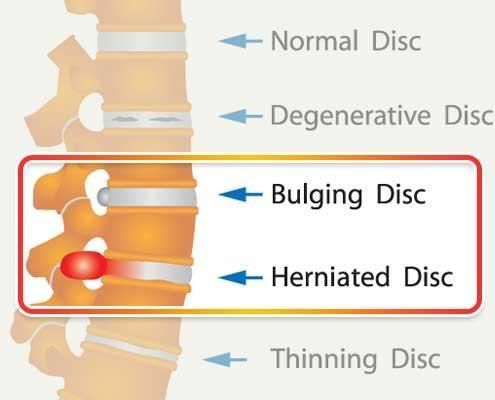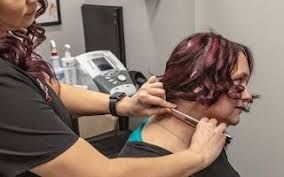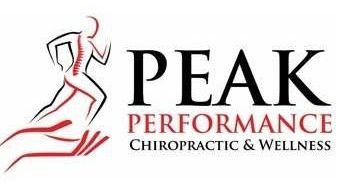Bulging vs. Herniated Disc Discussion

Herniated vs. Bulging Discs: What’s the Difference and How to Find Relief
The spine is a marvel of engineering but sometimes a real pain in the back! If you're one of the millions dealing with back pain, you might have heard terms like "herniated disc" and "bulging disc" thrown around. While they might sound like different levels of the same spine-based horror movie, they are distinct conditions. We’ll dive into what they are, how they occur, and most importantly, how we can help you feel like your old self again. Let’s demystify these common spinal issues and talk about how chiropractic care and massage can be your back’s best friends.
What’s the Difference?
Bulging Discs: Imagine your spinal disc as a jelly donut (yum!). In a bulging disc, the donut stays intact, but it starts to squish out a bit. This happens when the outer layer of the disc weakens or deteriorates, causing it to bulge out of its usual boundary. It’s like a tire with a weak spot that starts to bulge.
Herniated Discs: Now, if that jelly donut gets a bit too much pressure and the jelly actually leaks out, that’s a herniated disc. This occurs when the outer layer of the disc tears, and the inner jelly-like substance pushes through. This can be more painful because the leaked material can irritate nearby nerves.
How Do They Occur?
Both conditions can result from a variety of factors including:
- Age: As we age, our discs naturally lose some of their water content and elasticity, making them more susceptible to injury. Essentially, we are losing some of the shock absorption of the spine.
- Injury: Lifting heavy objects incorrectly, sudden twisting motions, or trauma like a motor vehicle accident can damage the discs.
- Repetitive Strain: Repeated actions, especially those involving lifting, twisting, or bending, can contribute to disc problems. Weight lifters may be familiar with the risks of repeated heavy deadlifts with improper form.
- Genetics: Some people are just more predisposed to disc issues due to their genetic makeup.
Alleviating Pain and Fixing the Problem
Living with a bulging or herniated disc can be detrimental to daily life. But don’t despair! There are ways to alleviate the discomfort and address the root cause.
- Chiropractic Care: Chiropractors specialize in diagnosing and treating spinal issues. Through careful adjustments, they can help re-align your spine, reduce pressure on the discs, and improve your range of motion. Chiropractic care is non-invasive and can be incredibly effective in managing and even resolving disc problems.
- Decompression: Our Buffalo office recently added a new service called Back-On-Trac. This is a decompression chair that allows the gentle stretching of the spine and joints. For those with disc issues, the slight pull provides extra room and relief for the discs that constantly bear weight in day-to-day life.
- Massage Therapy: Massage isn’t just about relaxation (though that’s a great bonus). Therapeutic massage can alleviate muscle tension, improve blood flow, and promote healing in the affected areas. It’s particularly beneficial for relieving the muscle spasms and tightness that often accompany disc issues.
- Exercise and Physical Therapy: Strengthening the muscles around your spine can provide better support and reduce the risk of further injury. Physical therapists can guide you through targeted exercises that enhance your core stability and spinal health.
- Lifestyle Adjustments: Simple changes like maintaining good posture, using ergonomic furniture, and avoiding heavy lifting can prevent disc problems from worsening.
In conclusion, while herniated and bulging discs might sound daunting, they’re manageable with the right approach. Our Buffalo chiropractic care and massage therapy offer effective, non-invasive solutions to help you get back to your best self. So, if your back is screaming for help, give us a call. We’re here to put the spring back in your step—minus the back pain!
Bethany Wolcott
D’Youville Chiropractic ‘26












